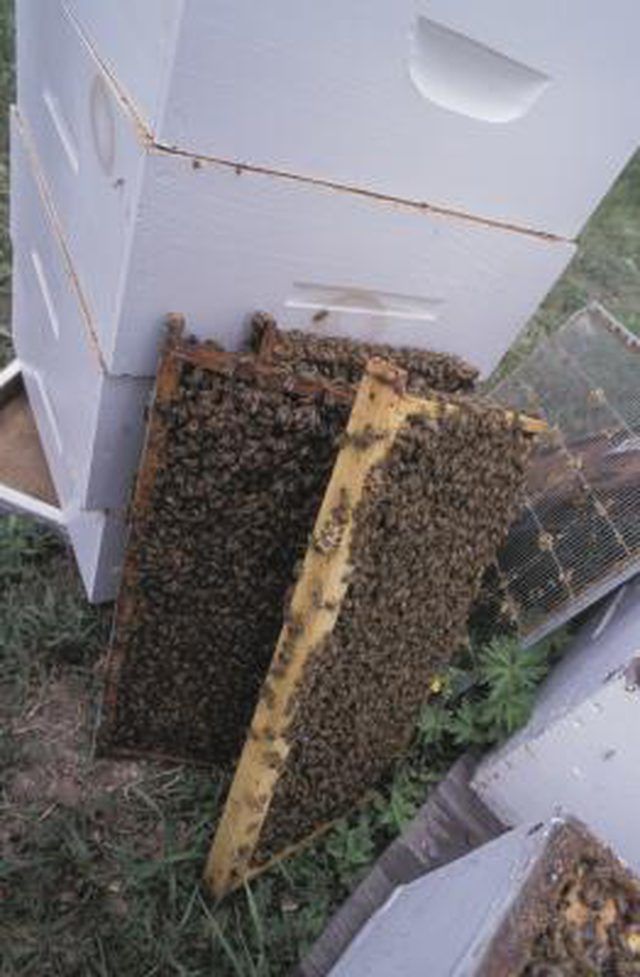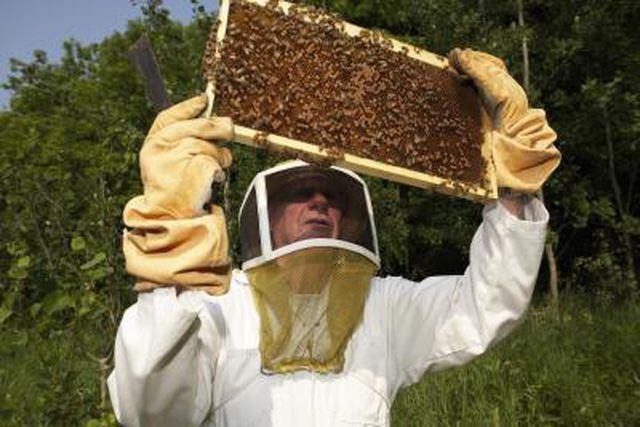Bulbs
Flower Basics
Flower Beds & Specialty Gardens
Flower Garden
Garden Furniture
Garden Gnomes
Garden Seeds
Garden Sheds
Garden Statues
Garden Tools & Supplies
Gardening Basics
Green & Organic
Groundcovers & Vines
Growing Annuals
Growing Basil
Growing Beans
Growing Berries
Growing Blueberries
Growing Cactus
Growing Corn
Growing Cotton
Growing Edibles
Growing Flowers
Growing Garlic
Growing Grapes
Growing Grass
Growing Herbs
Growing Jasmine
Growing Mint
Growing Mushrooms
Orchids
Growing Peanuts
Growing Perennials
Growing Plants
Growing Rosemary
Growing Roses
Growing Strawberries
Growing Sunflowers
Growing Thyme
Growing Tomatoes
Growing Tulips
Growing Vegetables
Herb Basics
Herb Garden
Indoor Growing
Landscaping Basics
Landscaping Patios
Landscaping Plants
Landscaping Shrubs
Landscaping Trees
Landscaping Walks & Pathways
Lawn Basics
Lawn Maintenance
Lawn Mowers
Lawn Ornaments
Lawn Planting
Lawn Tools
Outdoor Growing
Overall Landscape Planning
Pests, Weeds & Problems
Plant Basics
Rock Garden
Rose Garden
Shrubs
Soil
Specialty Gardens
Trees
Vegetable Garden
Yard Maintenance
How to Kill Wax Worms in a Beehive
How to Kill Wax Worms in a Beehive. Wax worms are the larval stage of the wax moth, and they can cause a lot of damage to a beehive. The worms eat through the wax in the combs of the beehive, and if not exterminated, they will eventually chew through the wood that surrounds the comb. If the damage to the hive is extensive, it can destroy the entire...

Wax worms are the larval stage of the wax moth, and they can cause a lot of damage to a beehive. The worms eat through the wax in the combs of the beehive, and if not exterminated, they will eventually chew through the wood that surrounds the comb. If the damage to the hive is extensive, it can destroy the entire bee colony. Because wax worms cannot live in cold weather, the most effective way to get rid of them is by freezing them.
Things You'll Need
Freezer
Plastic bag
Putty knife
Rubber gloves
Identify and remove any infested hive frames from the hive. Infested frames are identifiable by the presence of the wax worms — which are white with brown, round heads, holes in the wax part of the hive frame or webbing on the surface of the wax or wood part of the frame. Dark fecal matter is also a sign of wax worms.

Insert the infested hive frames into a plastic bag and place them in a freezer. The freezer temperature should be at or below 20 degrees Fahrenheit. Wax worms will die after five hours, but it's best to leave the infested frames in the freezer for at least two days, according to Brushy Mountain Bee Farm.
Remove the hive frames from the freezer. Use a putty knife to scrape away fecal matter and combs with holes in them. Put on a pair of rubber gloves and remove any remaining wax worms or webbing with your fingers.
Place the hive frames back into the hive after inspecting the hive for any further infestation.
Tips & Warnings
The most effective way to prevent a wax worm infestation is by keeping your hive strong and healthy. Inspect your hive regularly and remove sparsely populated frames and combine weaker hives with stronger ones to ensure they are properly protected.